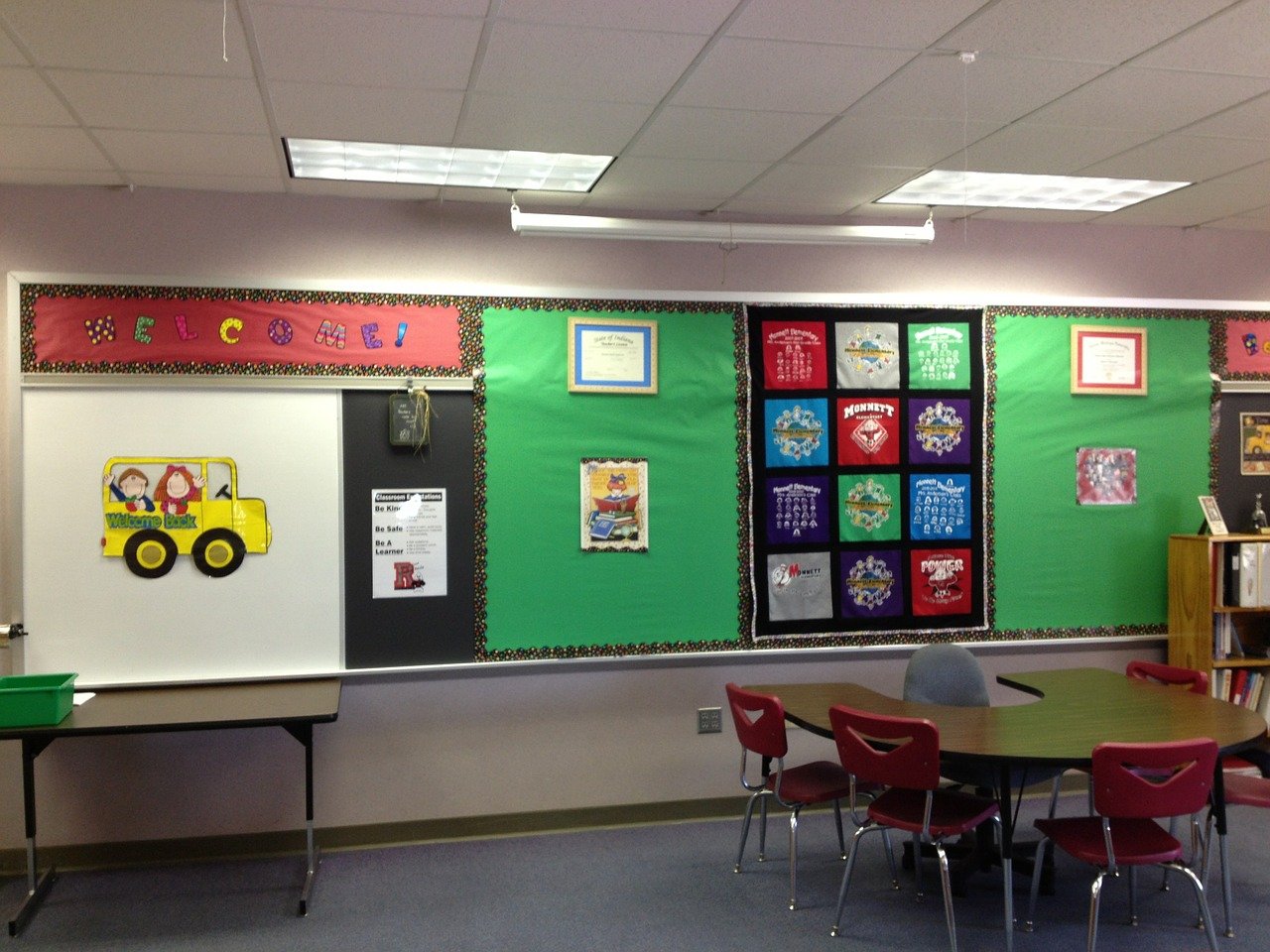Are you looking for strategies to help students who have difficulty transitioning to the next learning experience? If so, keep reading.
1. Stop the student from becoming overstimulated by a learning experience. Observe student behavior to limit overexcitement in physical learning activities, games, parties, etc.
2. Create definite time limits and give the student this information before the learning experience begins.
3. Notify the student that work not finished in one sitting can be finished later. Give the student ample time to finish earlier tasks to guarantee closure.
4. Give the student more than enough time to finish a learning experience. As the student shows success, decrease the amount of time given to finish a learning experience.
5. Organize time limits so the student knows the amount of time there is to work and when they must be finished.
6. Allow a transition period between learning activities so the student can make adjustments in their behavior.
7. Use a signal method (e.g., turning the lights off and on) to warn that the end of a learning experience is near.
8. Get the student to time learning activities to monitor personal behavior and accept time limits.
9. Give the student shorter learning activities. As the student shows success, slowly increase the length of the learning activities.
10. Provide a consistent daily routine (schedule).
11. Provide consistent expectations within the capacity and ability level of the student.
12. Let the student finish a learning experience unless it is troublesome to the schedule.
13. Give the student a list of learning materials needed for each learning experience (e.g., pencil, paper, textbook, workbook, etc.).
14. Consider using a classroom management app. Click here to view a list of apps that we recommend.
15. Consider using Alexa to help you with classroom management. Click here to read an article that we wrote on the subject.
16. Click here to learn about six bonus strategies for challenging problem behaviors and mastering classroom management.





